$2,153/
Per PersonThe Enchanting Terrain of Bhutan
A. Diverse Landscape Symphony:
Bhutan, a symphony of landscapes, unravels its geographical wonders. Explore the intricate tapestry of verdant subtropical plains, terraced rice fields in Punakha, and the secluded beauty of the Haa Valley, surrounded by mist-laden mountains. Each region tells a tale of It’s diverse and untouched natural beauty.
B. Himalayan Giants and Azure Lakes:
Ascend to the realm of Himalayan giants, where Jomolhari and Jichu Drake stand sentinel. Dive into the mystique of glacial lakes like Chomolhari Tso, surrounded by snow-capped peaks, and understand their spiritual significance in Bhutanese folklore. The chapter unfolds the allure of these high-altitude sanctuaries.
C. Trekking Tales:
Embark on a trekking adventure through the undulating landscapes. Traverse the legendary Snowman Trek, crossing high passes and remote villages, or opt for the Druk Path Trek, revealing panoramic views and mystical landscapes. Experience the thrill, challenge, and serenity of trekking in the heart of the Himalayas.
Bhutanese Culture
A. Architectural Elegance:
Step into a living history book as we explore Bhutan’s architectural marvels. Dzongs and monasteries, like the gravity-defying Tiger’s Nest and the imposing Trongsa Dzong, narrate tales of battles, spiritual awakenings, and centuries-old traditions. Uncover the intricate artistry that adorns these cultural bastions.
B. Festive Euphoria:
Feel the pulse of the nation through its festivals. Paro Tsechu and Thimphu Tshechu, with their masked dances, vibrant costumes, and religious fervor, provide a window into Bhutanese spirituality. Immerse yourself in the festive atmosphere, where tradition and celebration blend seamlessly.
C. Living Traditions:
Witness the continuity of Bhutanese traditions in the 21st century. From the meticulous art of thangka painting to the wood-carving finesse, discover how artisans preserve their cultural heritage. Engage with local communities to understand how these traditions shape contemporary Bhutanese identity.
Savoring Bhutanese Culinary Delights
A. Culinary Masterpieces:
Delight your palate with the flavors of Bhutanese cuisine. Ema Datshi, Phaksha Paa, and Hoentay are not just dishes; they are a reflection of Bhutanese culture. Meet local chefs, learn about the use of indigenous ingredients, and savor the fusion of spices, cheese, and chilies that define Bhutanese gastronomy.
B. Tea Culture Unveiled:
Experience Bhutanese tea culture, where the ritual of butter tea (suja) is an integral part of daily life. Explore local tea houses, engage in conversations, and understand the cultural significance of this warm elixir in the midst of Bhutan’s cool mountain air.
Bhutan’s Unique Development Model
A. Philosophy of Joy:
Unravel the fabric of it’s visionary development model – Gross National Happiness (GNH). Delve into the four pillars of GNH, understanding how they shape it’s socio-economic landscape. Gain insights into how happiness takes precedence over mere economic prosperity.
B. Sustainability at Its Core:
Explore it’s commitment to sustainability. From being carbon-neutral to biodiversity conservation, discover how the Bhutanese balance modernization with environmental responsibility. Understand the delicate equilibrium that exists between progress and preservation.
Bhutan’s Handicrafts and Archery Tradition
A. Handicrafts Extravaganza:
Immerse yourself in the world of Bhutanese craftsmanship. From thangka paintings to wood carvings and intricate textiles, witness the dedication of artisans preserving their heritage. Visit weaving centers in Thimphu, where age-old techniques meet contemporary creativity.
B. Archery: More Than a Sport:
Step onto the archery fields, where precision meets celebration. Archery is not just a sport but a cultural spectacle. Explore the nuances of the national sport, where the twang of bows is accompanied by traditional music and dance, creating an atmosphere of festivity.
Practical Tips for an Immersive Experience
A. Visa and Permits Demystified:
Untangle the bureaucratic web of obtaining a Bhutanese visa and region-specific permits. Understand the unique sustainable tourism policy that regulates visitor numbers, ensuring an intimate and responsible exploration.
B. Accommodations Beyond Borders:
From traditional guesthouses offering cultural immersion to luxury resorts providing comfort amid nature, explore the diverse accommodations in the country. Gain insights into the unique charm of staying in accommodations that blend seamlessly with the surrounding landscapes.
C. Cultural Sensibilities:
Equip yourself with a cultural compass. Learn about Bhutanese etiquette, the significance of traditional attire (gho for men and kira for women), and the importance of respecting local customs. Immerse yourself in the cultural fabric, forging connections that transcend mere tourism.
It’s a kingdom where nature’s artistry, cultural richness, and pursuit of happiness converge, beckons the intrepid traveler. This comprehensive odyssey seeks to guide you through the layers of it’s mystique, leaving you with a profound connection to the Land of the Thunder Dragon. As you embark on this detailed journey, may the essence of it linger in your memories, weaving tales of nature’s wonders, cultural vibrancy, and the pursuit of happiness that define this unique kingdom.
Included and Excluded
- Airport Pick up & Drop in Paro Bhutan
- Sustainable Development Fees
- Visa Fee
- Accomodation at 3 Star Hotel (twin sharing)
- English Speaking Tour Guide
- All Meals as per Itinerary
- Comfortable & Luxurius imported Cars for internal transportation with skillful driver
- Daily Mineral Waters
- Government Taxes
- Flight Ticket to Bhutan
- Entrance fee to Monasteries/Temple/Museums
- Travel Insurance
- Entrance Fee to all Monasteries and Museums
- Personal Expenses (laundry, shopping, alcohol drinks etc)
- Tips for Guide/Driver
- Entrance Fee for Monasteries/Temples/Museums with below Fixed Bhutan Government Cost
Highlights of the Tour
- Sightseeing in Thimphu
- Trashichho dzong
- Taktsang Monastery (The Tiger’s Nest)
- Handicrafts emporium
- Punakha Dzong
- Drugyel Dzong victory fortress
Itinerary
The flight into Bhutan takes you over the great Himalayas, offering the scintillating scenery of the world's highest glacial peaks. As you enter Paro valley, you will see the silvery Pa Chu (Paro River) meandering down the valley, the Paro Dzong (fortress) and Ta Dzong (watch tower). On arrival, received by our representative and transfer to Hotel. In evening continue to Trashichhodzong; the beautiful fortress/monastery which houses Secretariat building, King's Throne room and other government's offices. It is also the summer residence of Chief Abbot. As well as witness the ceremony of national flag. Overnight at the Thimphu Tower
Today's full day of sightseeing In Thimphu valley includes, visit to; After Breakfast drive to Memorial Chorten; the beautiful stupa built in the memory of Bhutan's third King. Then proceed to Buddha Dordenma is a gigantic Shakyamuni Buddha statue. The statue can house over one hundred thousand smaller Buddha statues, each of which, like the Buddha Dordenma itself, the Buddha Dordenma is sited amidst the ruins of Kuensel Phodrang. After Buddha point, you can also do the hike around three hours till Changjangkha Temple, on the way you walk along the blue pine forest and stunning views to Thimphu Valley. After lunch visit paintings and statues inside the monument provide a deep insight into Buddhist philosophy. Painting School; famous for traditional Thangkha paintings, Textile and Folk Heritage Museum; the fascinating testimony of the Bhutanese material culture and living traditions. Overnight at the Thimphu Tower
Early morning breakfast, drive to Dochula pass (3,050m). If the weather permits, you can see a range of high Himalayan peaks towards the north east. Following peaks can be seen from this pass, on a clear day; Masagang (7,158m), Tsendagang (6,960m), Terigang (7,060m ), Jejegangphugang (7,158 m ), Kangphugang (7,170 m ), Zongphugang (7, 060 m ), a table mountain that dominates the isolated region of Lunana – finally Gangkar puensum, the highest peak in Bhutan at 7,497m. After Dochula pass drive Phubjikha, is a vast U-shaped glacial valley, also known as Gangteng Valley named after the impressive Gangtey Monastery of the Nyingma in central Bhutan, where the graceful black-necked cranes in Bhutan from the Tibetan Plateau visit the valley during the winter season to roost. On arrival in the Phobjikha Valley in the last week of October, the black-necked cranes circle the Gangteng Monastery three times and also repeat the process while returning to Tibet. Overnight in Dewchen Hotel.
After breakfast visit crane center, the valley is rich in faunal biodiversity and has, apart from the globally threatened black-necked cranes Grus nigricollis, 13 other globally threatened species. Within the ambit of the valley, an area of about 163 square kilometres (63 sq mi) has been declared a protected area, which is managed by the Royal Society for the Protection of Nature, (RSPN), for the protection of nature, authorized to manage, on lease basis, by the Ministry of Agriculture. Drive to Punakha on the way visit Chimi Lhakhang, situated on a hillock in the center of the Lobesa valley, is dedicated to Lama Drukpa Kuenley, who in the late 15th century used humor, songs and outrageous behavior to dramatize his teachings and due to this also known as „Divine Madman‟. This temple is also known as the temple of fertility. It is widely believed that couples who do not have children and wanting one, if they pray at this temple, they are usually blessed with a child very soon. It is about 30-minute walk across field from the road to the temple or you can drive directly to temple. Overnight at the Zhingkham Resort.
After drive to Khamsum Yulley Namgyal stands majestically on a strategic ridge above the Punakha valley. Built over a period of 9 years, Bhutanese craftsmen including carpenters, painters, and sculptors consulted Holy Scriptures rather than engineering manuals, to construct this 4 -storey temple. It is a splendid example of Bhutan's fine architectural and artistic traditions and the only one of its kind in the world. Built by Her Majesty the Queen Mother, this temple is dedicated for the wellbeing of the kingdom and the benefit of all sentient beings. After lunch visit Punakha Dzong, a massive structure built at the junction of two rivers. Punakha was Bhutan's capital until 1955, and Punakha Dzong still serves as the winter residence of the central monk body. Bhutan's first King, Ugyen Wangchuck, was crowned here in 1907. The fortress has withstood several damages from fire, earthquake and flood over the centuries. Overnight at Zhingkham Resort.
After breakfast drive back to Paro and after lunch visit to Ta Dzong, the National Museum which in the past served as watch tower for the Paro Dzong, the Paro Dzong (Rinpung Dzong) built in 1646 by Shabdrung Ngawang Namgyal. Evening walk around the Paro town for any shopping. Overnight at the Tenzinling Resort.
After Breakfast proceeds to Taktsang Palphug Monastery more famous as Paro Taktsang is a Buddhist temple complex which clings to a cliff, 3120 meters above the sea level on the side of the upper Paro valley, Bhutan. The Taktsang Monastery is one of the most famous touristic destinations of the country and the cultural icon of Bhutan. Visiting the Paro Taktsang Monastery is an unforgettable experience thanks to its unique location and the views of surrounding majestic mountains and emerald green valleys. It takes around 1 hour, 45 minutes to get to Taktshang walking or riding a horse. If the full hike is too tough, you can rest at the wooden teahouse restaurant or cafeteria after the first hour. The trail takes you through blue -pines to a series of three water- powered wheels. Overnight at the Tenzinling Resort.
After breakfast drive to the airport for flight to onward destination
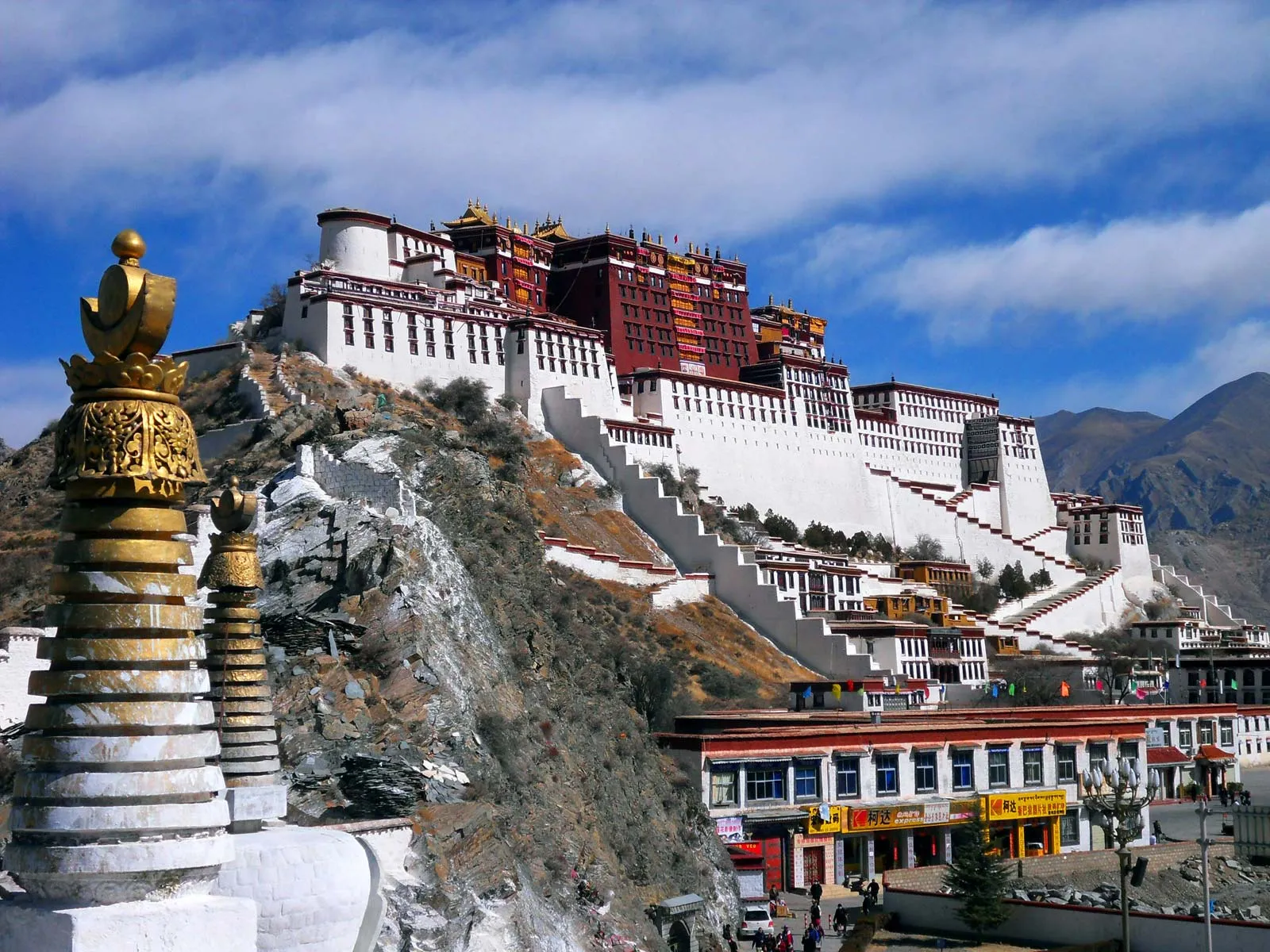
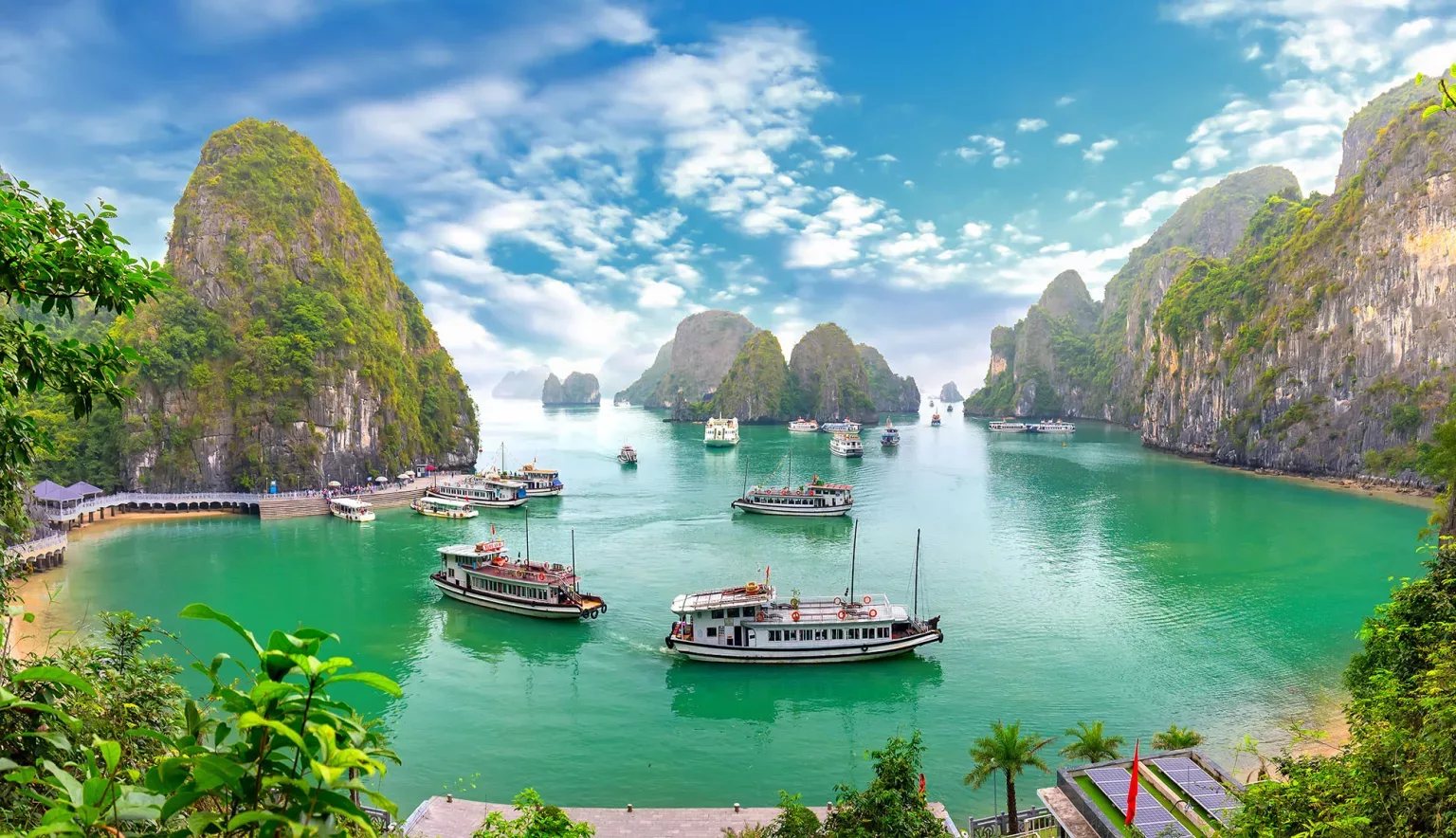
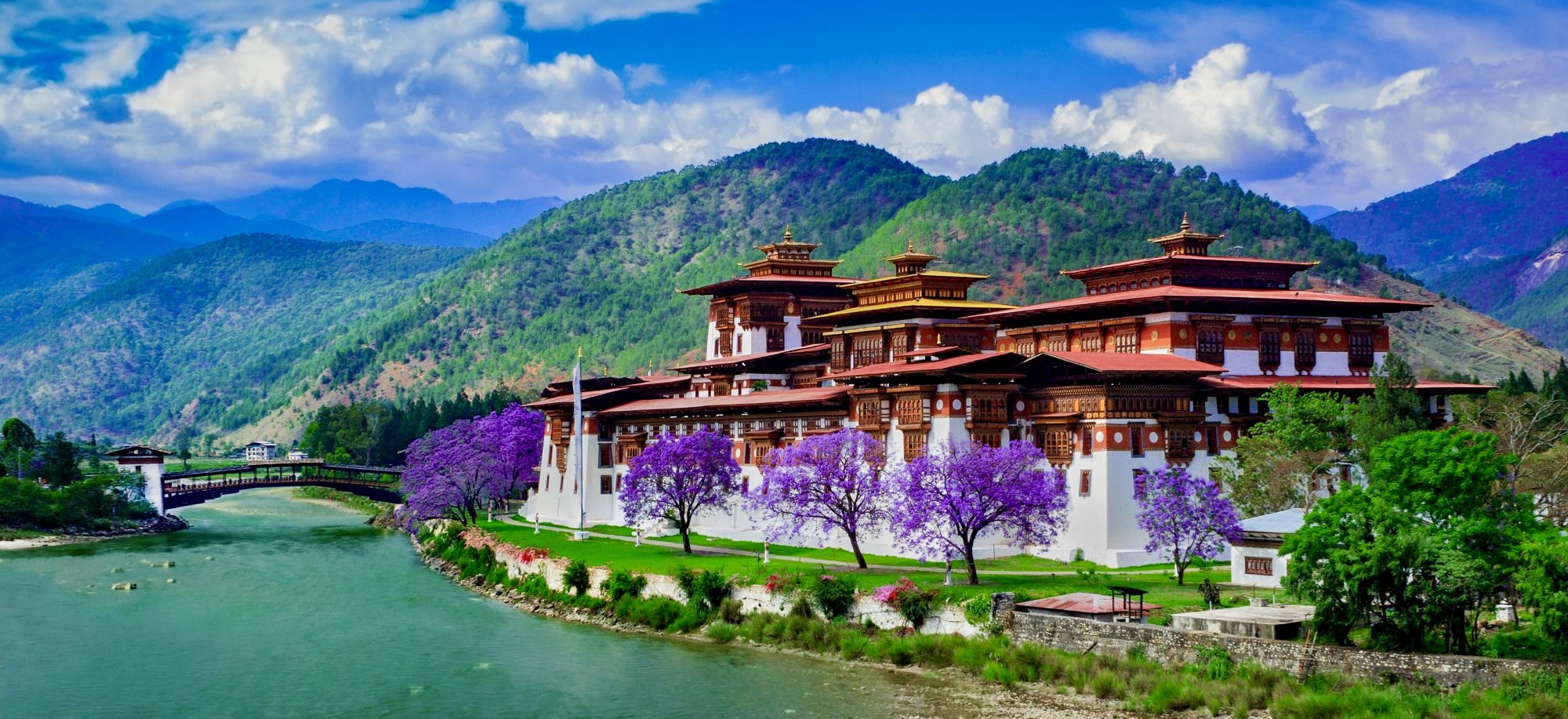
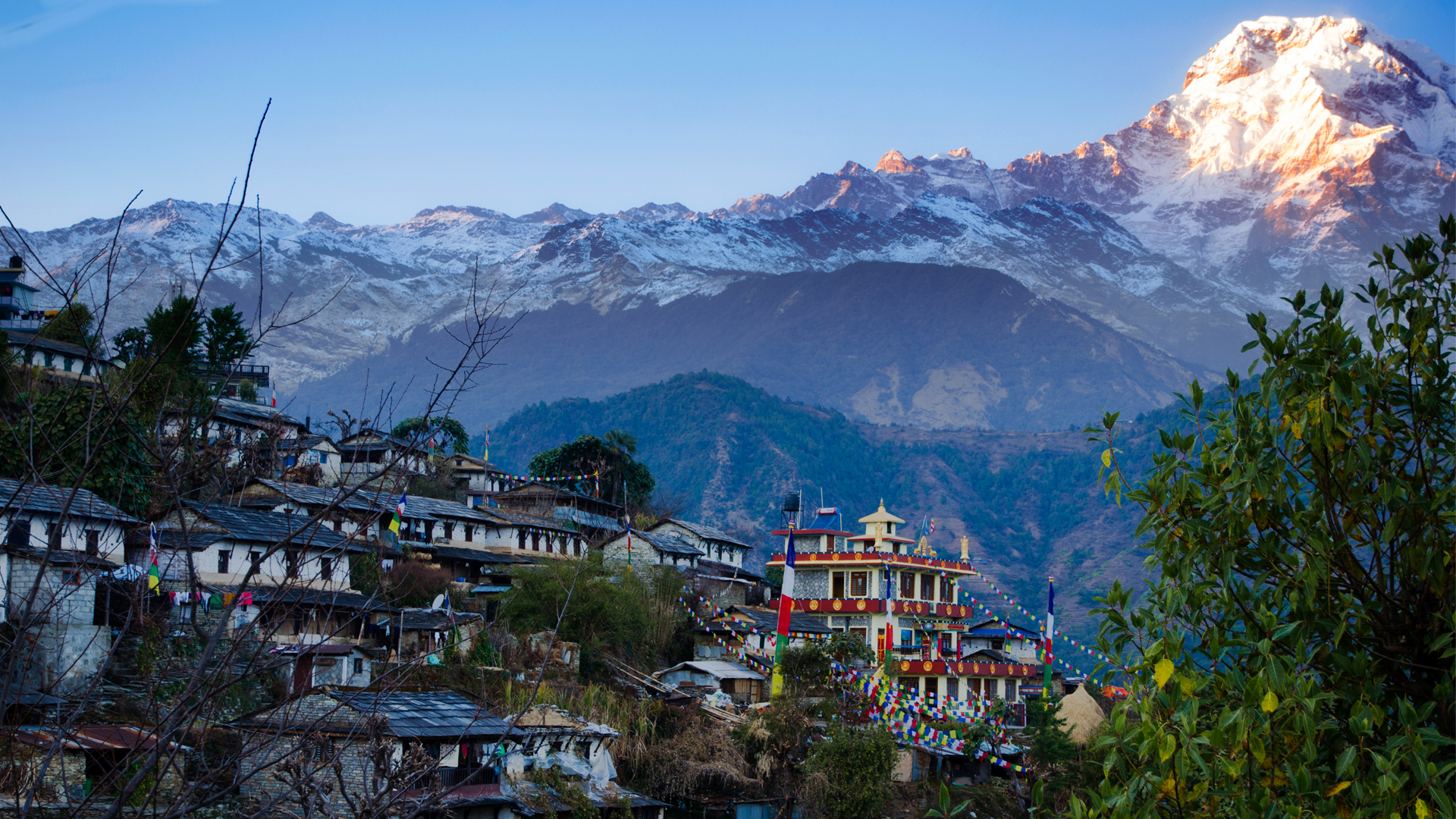
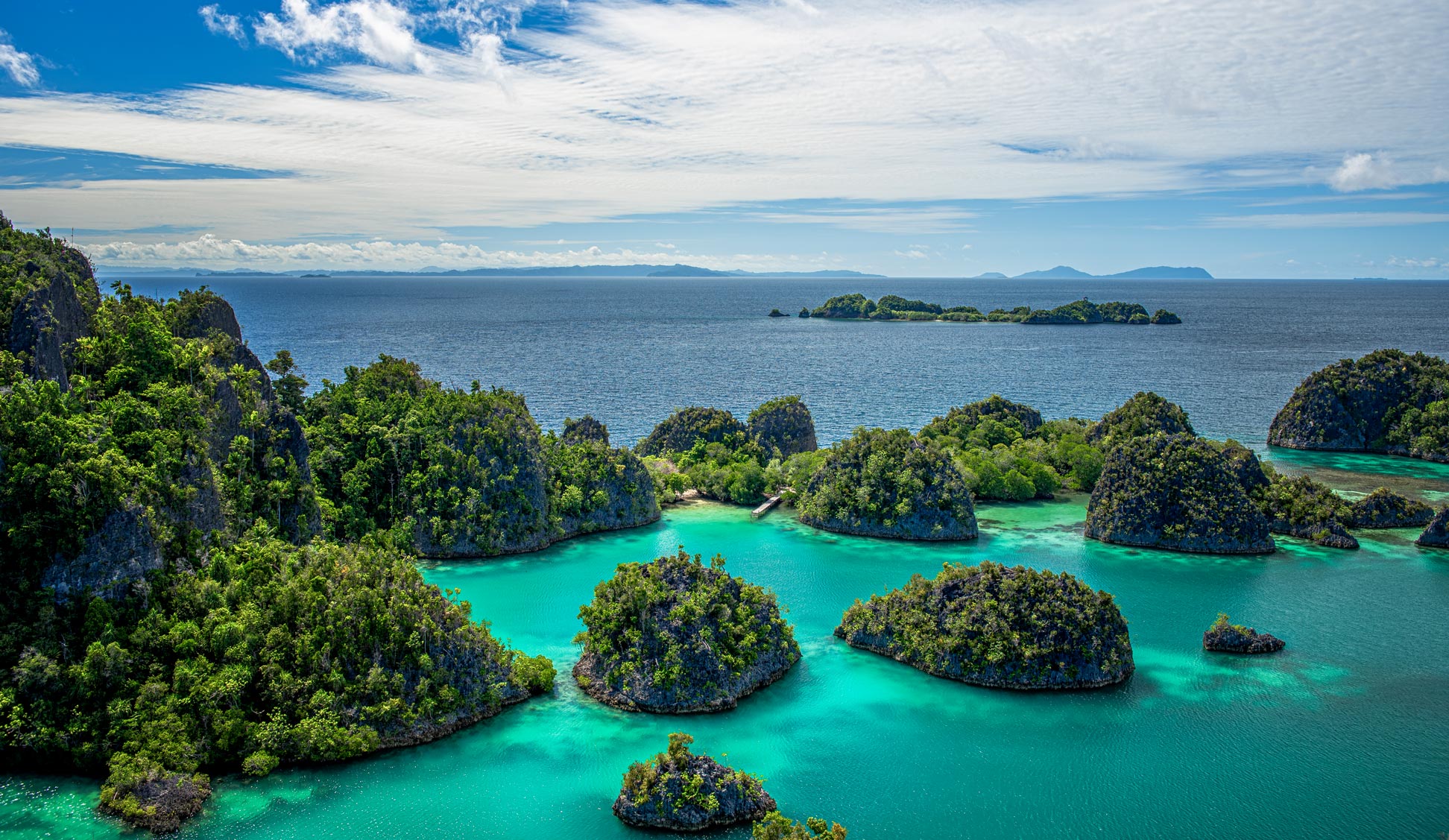

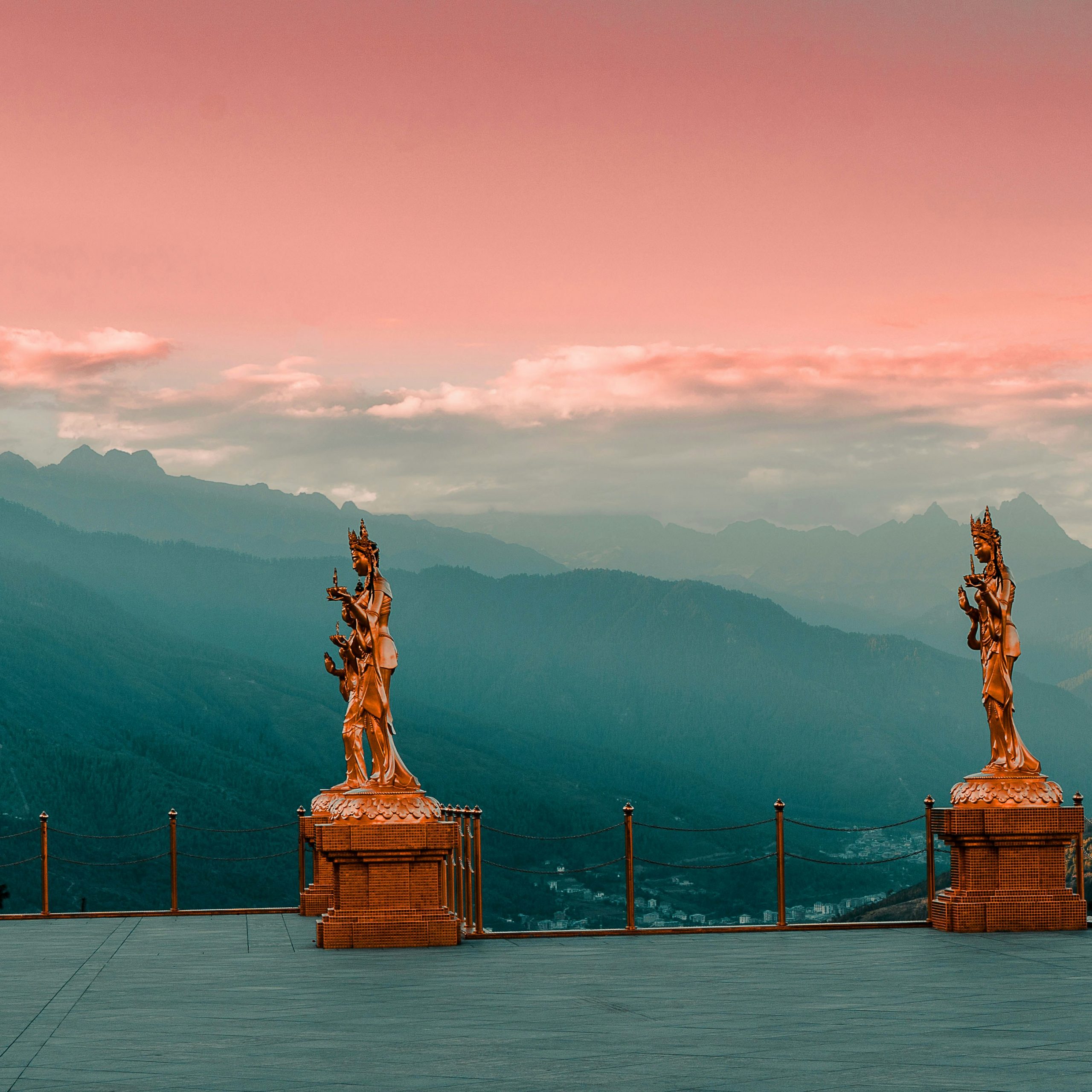
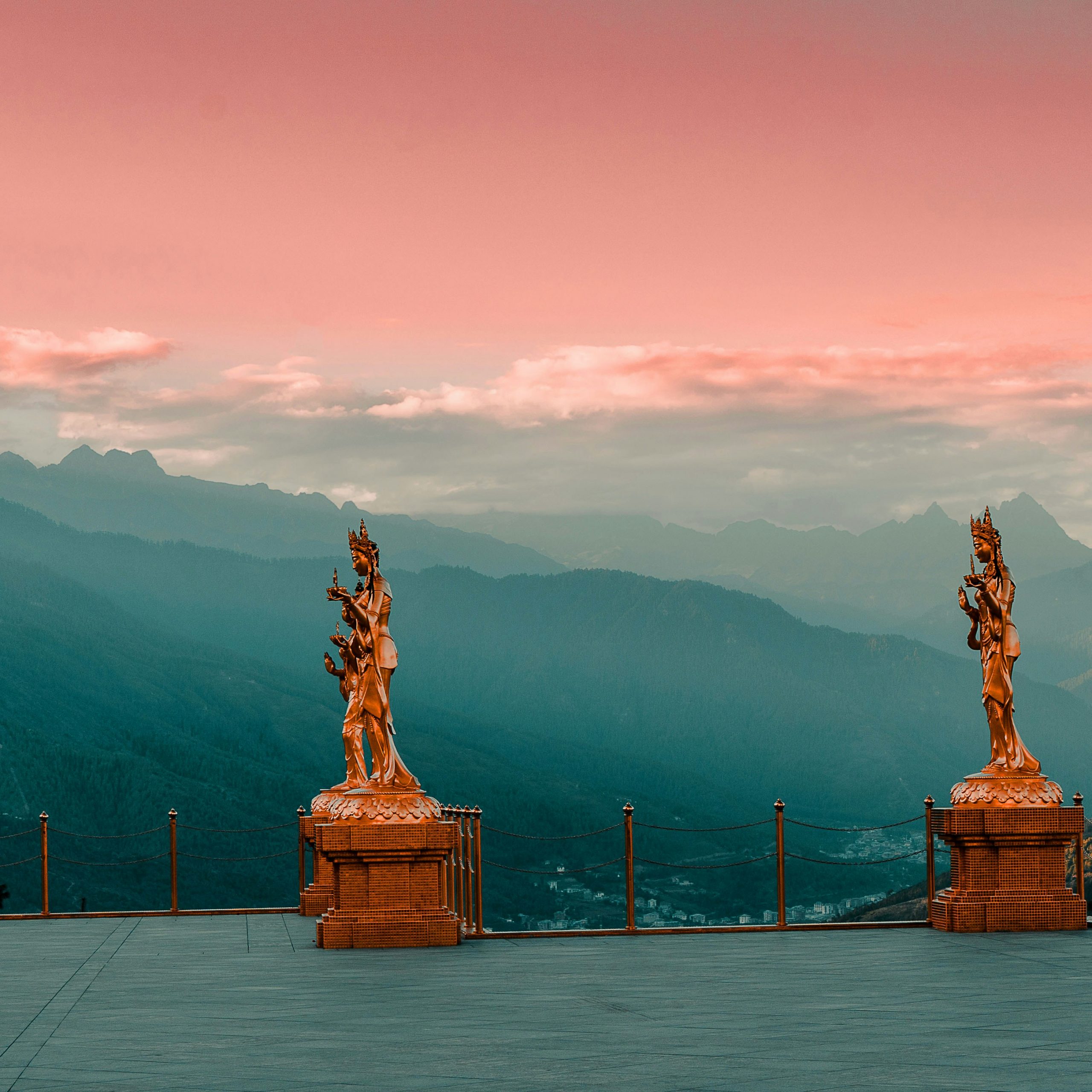






Comment 01
smorter giremal,
11 November, 2024Thanx for the effort, keep up the good work Great work, I am going to start a small Blog Engine course work using your site I hope you enjoy blogging with the popular BlogEngine.net.Thethoughts you express are really awesome. Hope you will right some more posts.